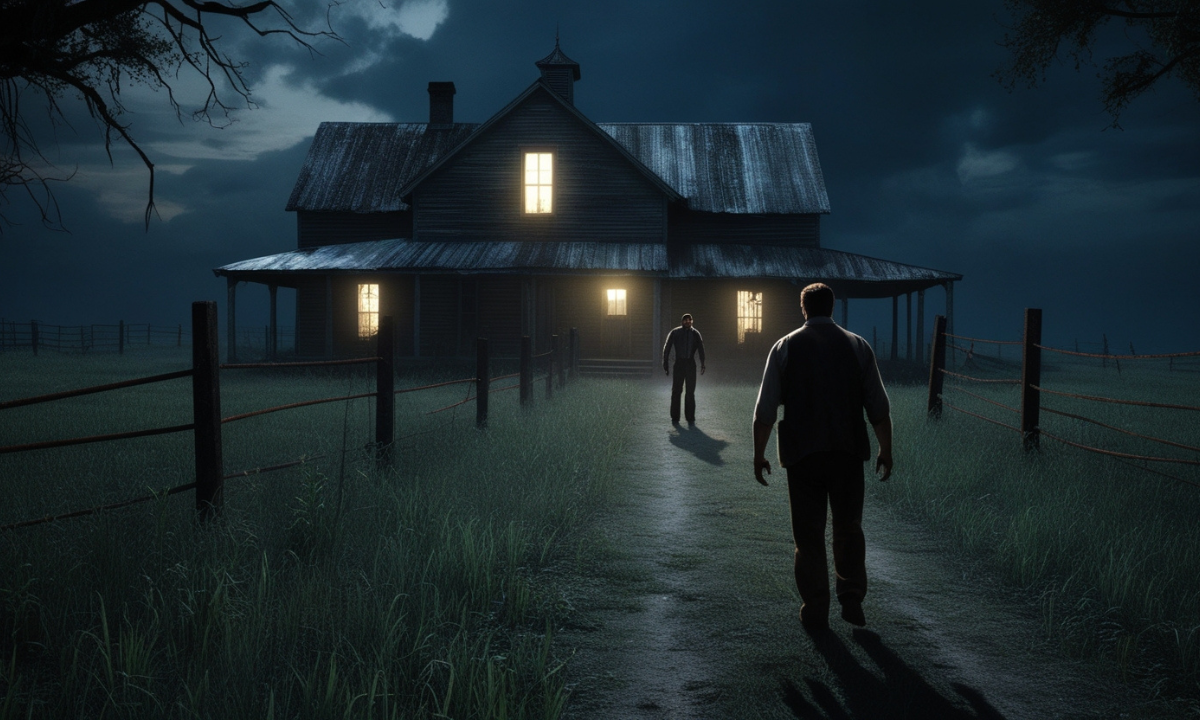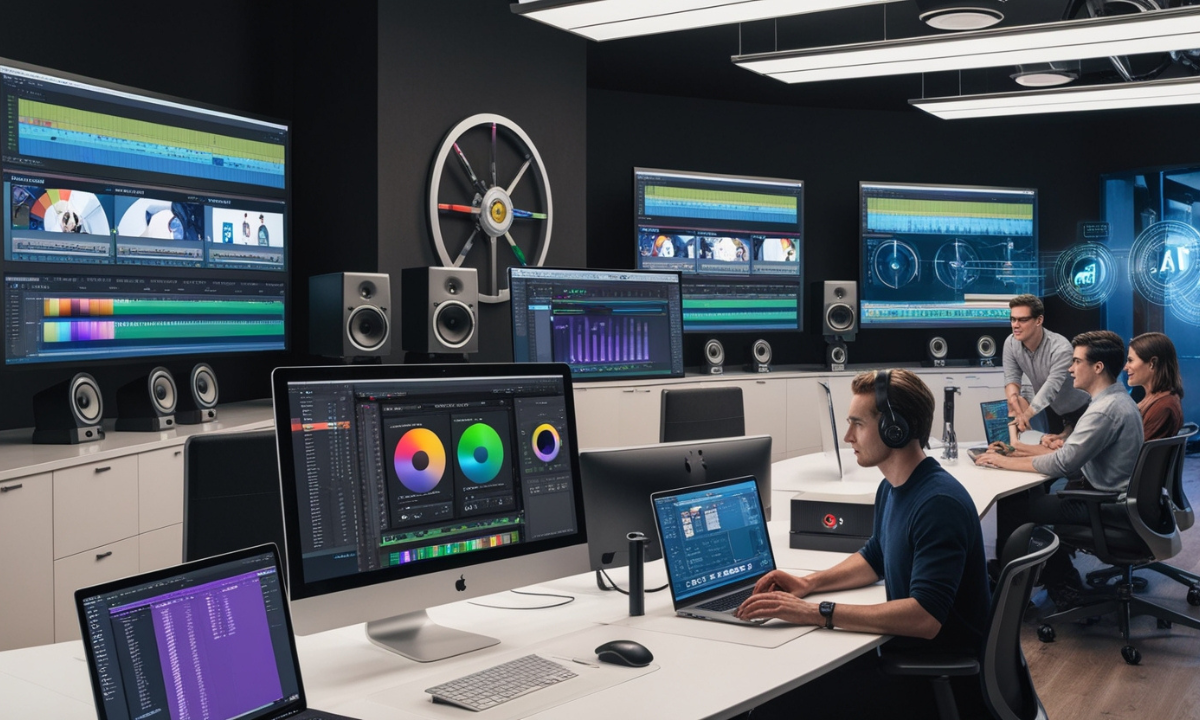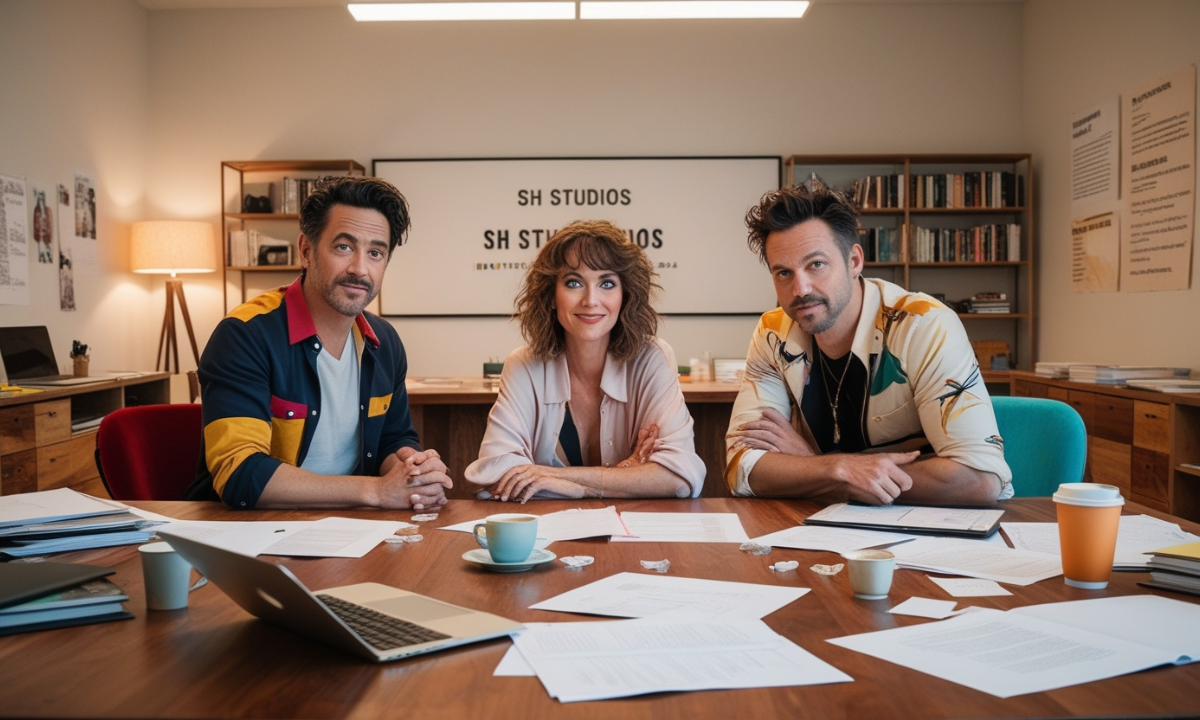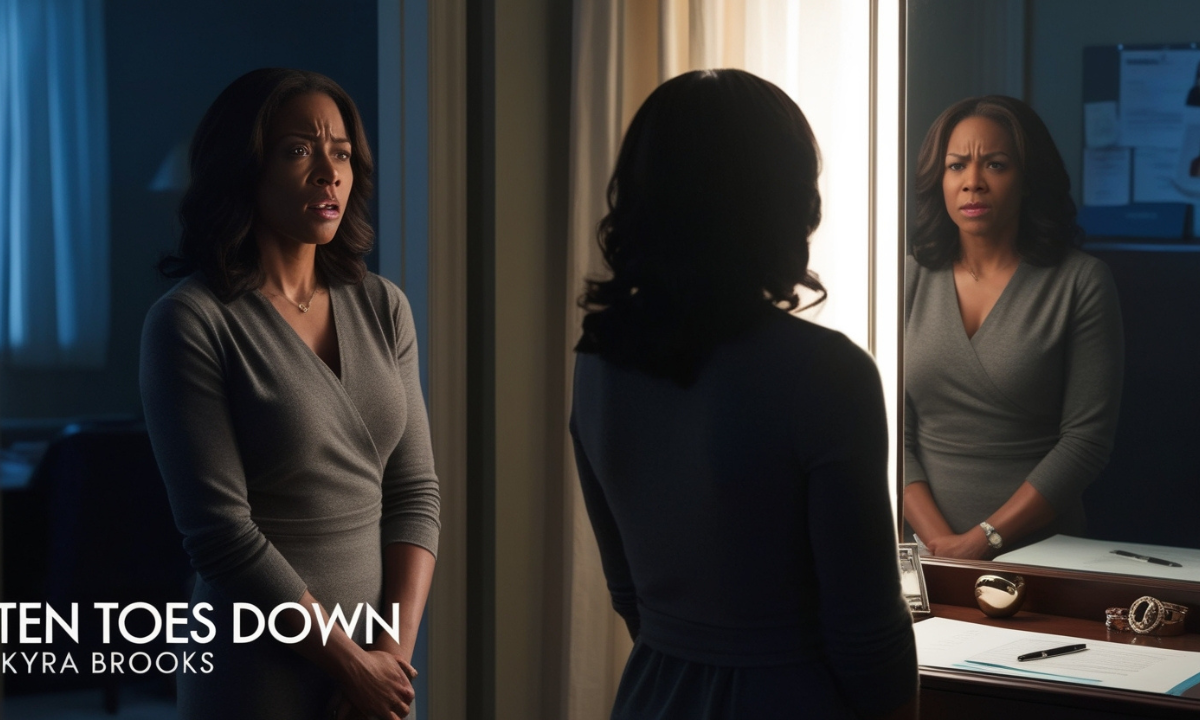The Science Behind Great Plot Twists in Modern Films
Plot twists are among the most thrilling and memorable elements in cinema. They jolt audiences, redefine narratives, and often linger in the minds of viewers long after the credits roll. But while plot twists may seem like spontaneous moments of genius, there’s a calculated science behind why they work so effectively. From the psychological triggers they exploit to the narrative structures that set them up, modern filmmakers craft twists with careful precision. Understanding this science not only deepens appreciation for brilliant storytelling but also reveals why some twists succeed spectacularly while others fall flat. In an era dominated by content overload and short attention spans, a well-executed plot twist can transform a good movie into an unforgettable one.
Why the Brain Loves Surprise
The foundation of every great plot twist lies in how the human brain processes information and reacts to surprises. Psychologically, we are wired to look for patterns and anticipate outcomes. This is called “predictive processing”—our brains constantly try to forecast what happens next based on experience and context. When a film subverts these expectations, it creates cognitive dissonance: the brain is momentarily thrown off, and this unexpected result causes a rush of emotional intensity. That’s why shocking reveals or sudden reversals in storylines can elicit audible gasps, widened eyes, or even emotional breakdowns. The release of dopamine—our brain’s “reward chemical”—heightens our memory of that moment, embedding the twist deeper into our consciousness. This is why plot twists, when done well, are not just surprising but also incredibly satisfying.
Laying the Groundwork: The Art of Foreshadowing
Contrary to popular belief, successful plot twists don’t come out of nowhere. In fact, the most powerful twists are the ones that were subtly hinted at all along. This storytelling device is known as “foreshadowing,” where the filmmaker plants clues early in the narrative that only make sense after the twist is revealed. It’s a delicate balance: if the clues are too obvious, the twist becomes predictable; if they’re too obscure, the twist feels unearned or unbelievable. Films like The Sixth Sense or Fight Club masterfully walk this line. Upon a second viewing, audiences often find breadcrumbs they missed the first time—this rewatchability is part of what elevates these movies from good to great. In essence, the science of setup and payoff ensures that the twist feels both surprising and inevitable, a hallmark of strong screenwriting.
Misdirection and the Role of Red Herrings
One of the classic tools in the filmmaker’s arsenal is misdirection—leading the audience to believe one thing while secretly preparing something entirely different. This technique is widely used in thrillers and mysteries, where characters or clues are designed to point the viewer in the wrong direction. These are known as “red herrings,” and they are critical in building suspense. A great example is Gone Girl, where the audience is manipulated through unreliable narration and conflicting perspectives. Misdirection works because it exploits our cognitive biases. We latch onto information that confirms our expectations and ignore anomalies that don’t fit. Skilled directors use cinematography, editing, dialogue, and even background details to steer attention and control perception. When the truth is finally revealed, it feels like a magic trick—the audience realizes they were looking in the wrong place all along.
Emotional Investment Heightens Impact
For a plot twist to truly land, audiences need to be emotionally invested in the story and its characters. Without that connection, a twist—no matter how clever—feels hollow or gimmicky. Emotional investment allows viewers to care deeply about the implications of the twist. Take Parasite, for example. The movie draws you in with humor and social commentary before turning the narrative upside down with a brutal, unexpected shift in tone. That twist works not only because it’s shocking, but because the audience is already deeply involved in the lives and struggles of the characters. In short, emotional resonance amplifies surprise. It’s not just what happens that matters, but who it happens to and why we care.
Timing is Everything
A plot twist’s effectiveness often hinges on timing. Reveal it too early, and the story may lose momentum. Reveal it too late, and it may feel rushed or unnecessary. The best twists occur at pivotal narrative moments—often at the end of the second act or just before the climax. These moments serve as turning points that redefine the direction of the story. Timing also allows for a shift in perspective, where the audience suddenly sees everything that came before in a new light. In The Prestige, for instance, the twist is meticulously timed to reframe the rivalry between two magicians and expose the film’s deeper themes of sacrifice and obsession. A well-timed twist transforms narrative structure itself, forcing viewers to reevaluate everything they thought they knew.
The Double Twist: Escalating the Shock
Modern films have increasingly embraced the concept of the double twist—where one shocking reveal is quickly followed by another. This approach raises stakes and sustains audience engagement. Movies like Shutter Island and Primal Fear use this to devastating effect, unraveling layers of deception and psychological complexity. The key to a successful double twist lies in ensuring that each reveal builds logically on the previous one. The second twist shouldn’t feel like a trick but rather a deeper truth that was masked by the first revelation. This layered storytelling mirrors real-life complexities and adds depth to character motivations and plot mechanics. It’s a bold narrative choice that, when done right, elevates a film into a masterclass of tension and storytelling.
Cultural Context and Viewer Expectations
The effectiveness of a plot twist can also depend heavily on cultural context and the audience’s expectations. What shocks one viewer might seem obvious to another depending on genre familiarity, previous experiences, and even geography. For example, Hollywood audiences might be used to the standard three-act structure and certain genre tropes, making them more adept at predicting traditional twists. International films, however, often play with narrative structure in unique ways. South Korean cinema, as seen in Oldboy or Burning, frequently subverts Western storytelling norms, delivering twists that are as much about philosophical revelations as they are about plot. Understanding and sometimes defying audience expectations is part of the science of plot twists—great filmmakers know exactly when to align with expectations and when to subvert them.
The Twist Ending: Risks and Rewards
Ending a film with a major plot twist is risky but can be incredibly rewarding. The twist becomes the film’s defining moment—something that people talk about, debate, and analyze for years. Movies like The Usual Suspects and Se7en are remembered largely for their final scenes, where the full scope of the narrative is revealed in a devastating blow. These endings stick with viewers because they challenge perceptions and force a reevaluation of the entire film. However, this technique must be used with caution. A poorly executed twist ending can sour an otherwise strong movie. It needs to be organic, plausible, and thematically consistent with the story. Otherwise, it risks feeling like a last-minute gimmick designed only for shock value.
Technology’s Role in Modern Plot Twists
With advancements in visual effects and editing, filmmakers now have more tools than ever to conceal and reveal key information. Digital de-aging, CGI illusions, and seamless transitions allow for twists that would have been impossible to execute convincingly a decade ago. Moreover, the rise of streaming platforms has changed how stories are consumed. Binge-watching allows for more complex twists that unfold over multiple episodes or seasons, as seen in series like Dark or Westworld. The science behind plot twists is evolving with technology, offering storytellers new ways to challenge and surprise their audiences.
Conclusion: Plot Twists as a Storytelling Superpower
Ultimately, great plot twists are not just narrative surprises—they are carefully engineered moments that combine psychology, structure, timing, and emotion. They tap into our need for novelty, our love of stories, and our desire to make sense of the unexpected. In modern cinema, where originality is at a premium and competition for attention is fierce, a well-crafted twist can be the difference between a forgettable film and a masterpiece. When executed with care, a twist does more than entertain—it transforms the entire story, reshapes the viewer’s understanding, and cements the film’s place in cinematic history.





























